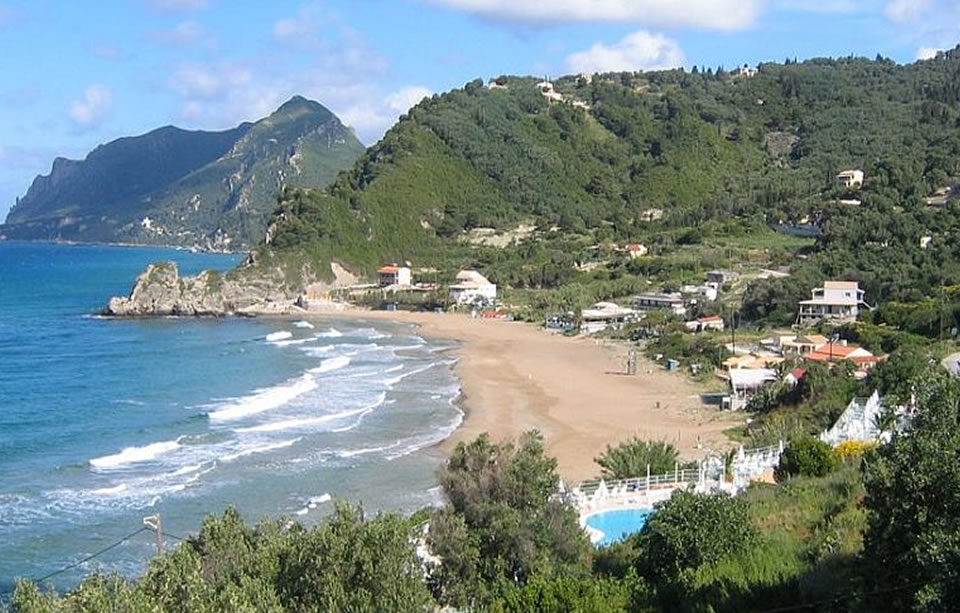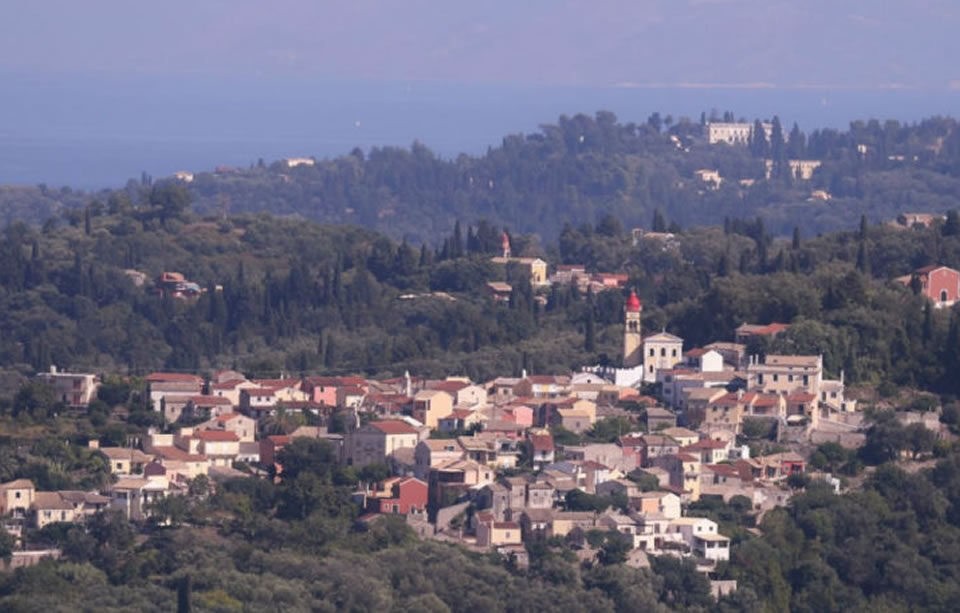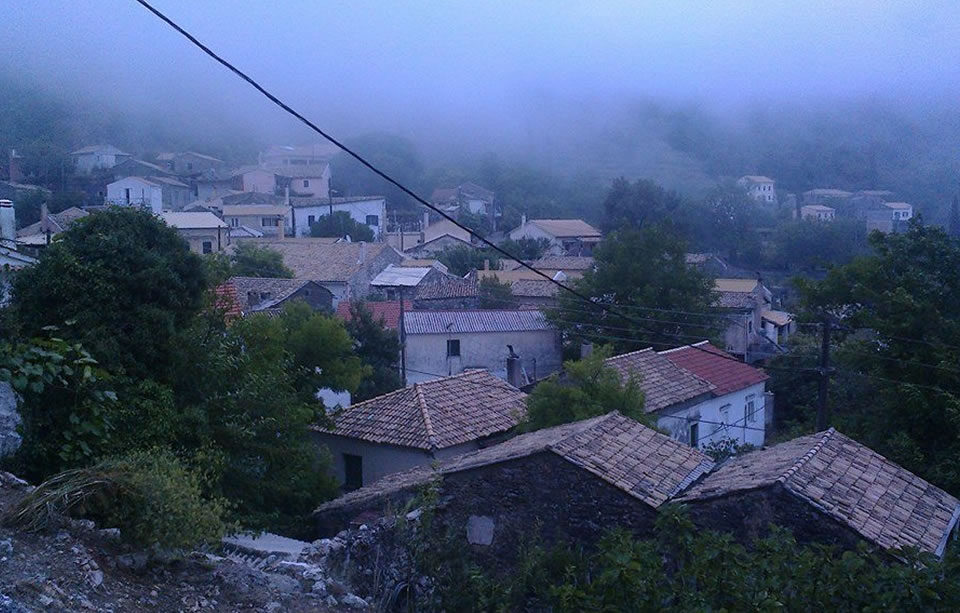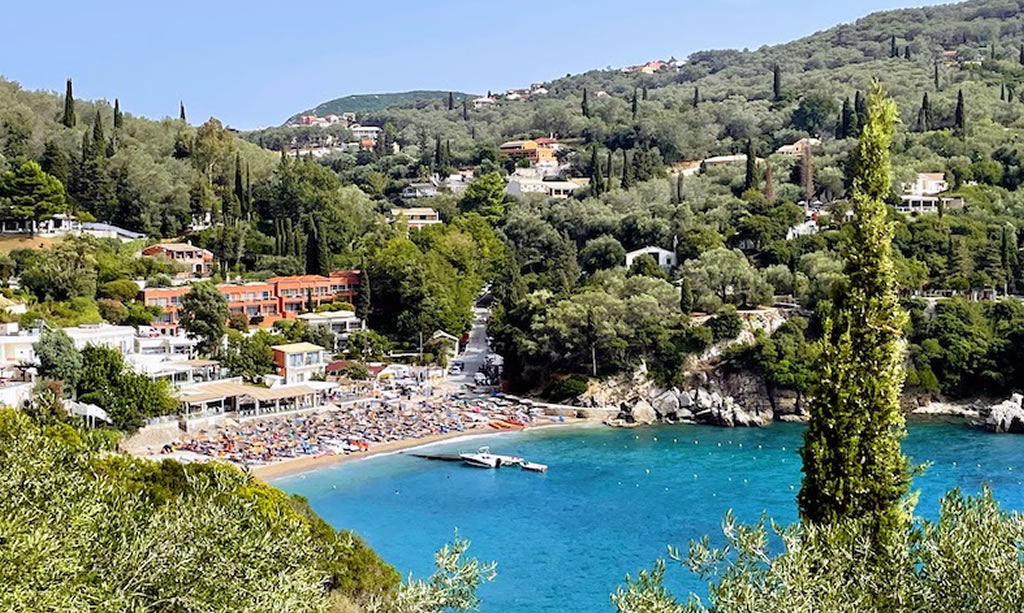
Liapades
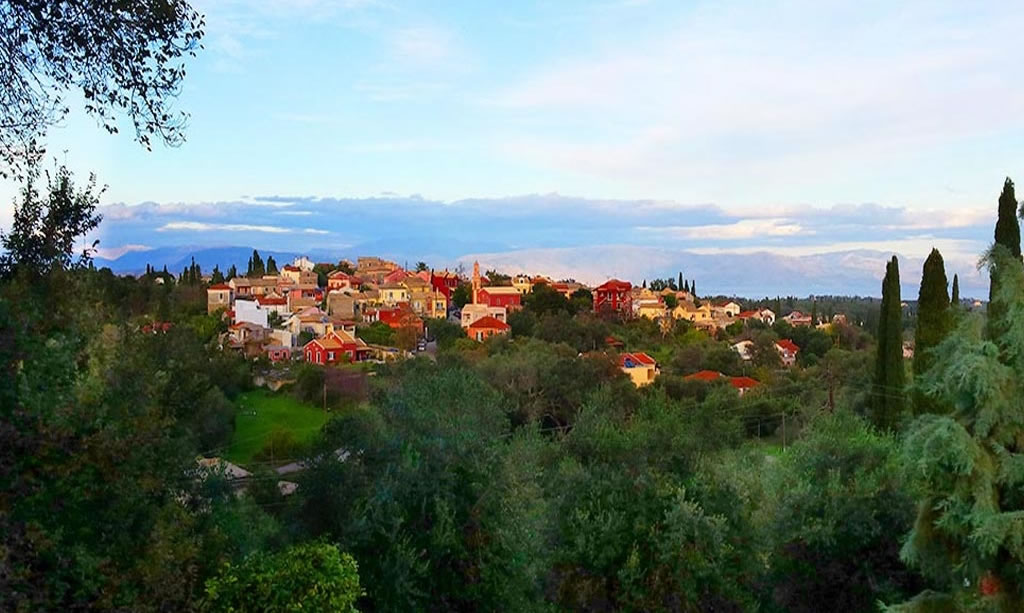
Castellani
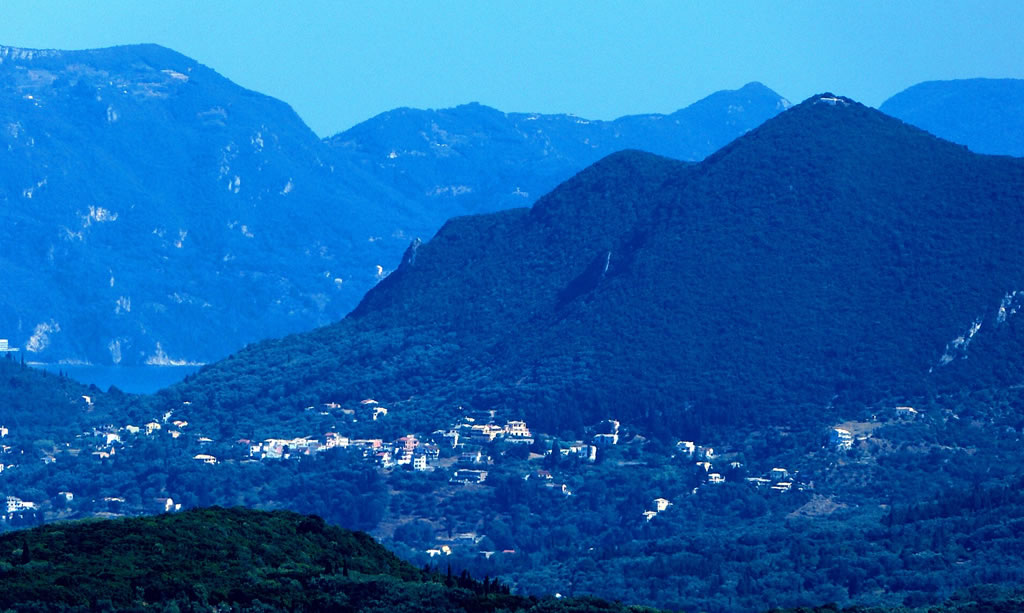
Vatos is a village in the western coast of Corfu near some of the most beautiful beaches of the island: Ermones, Myrtiotissa, Glyfada and Kontogialos . Vatos is built on an aspect of the mountain of Ai Giorgis, hidden away from the sea because of the fear of bygone pirates. Even though Vatos is not mentioned in official documents before the 16th century, around the village are some edifices which are testimony to the fact that the region had been resided in the past. One of these edifices is the church of Ai Giorgis built at the top of a hill, probably in the end of the Middle Ages. But also the parish church of Vatos, Agios Nikolaos, maintains an old part, which according to its murals, dates back to the 13th century.
Besides the natural beauty and the charming architecture of the old houses, the visitor in Vatos can also see beautiful lanes with yards in full blossom and he can enjoy his coffee or his meal in one of the traditional coffee shops or small taverns. In Vatos operates a very active cultural association which organizes multiple cultural events.
1.How many residents does the village have?
The village consists of 450 residents.
2.What jobs do the residents do?
The residents are involved in all kinds of professions, mostly in the tourism sector, and there are many freelancers.
3.What products are produced in the area?
The main products produced in the village are olive oil, fruits and vegetables, and honey.
4.Is there someone who sells products?
In the village, there is a family business, the Beekeeping of Corfu, located in the village in the Louria area, which is a certified unit for the production of beekeeping products.
5.If yes, is the sales point visitable and how many people can it accommodate?
The point is visitable, visits are organized for the tourists of the area in cooperation with the hotels of the area.
6.Are there vineyards in the area?
There are vineyards in the area but they are individual private cultivations.
7.If yes, what varieties are cultivated?
The most common varieties that one will find in the village are kakotrygis, martzavi, and skopelitiko.
8.Is there a lake, river, or waterfall?
There are lakes in the Golf area, where there are 7 lakes. Also, there is a lake in the village in the area of Keli, as well as a river that springs in Liapades and ends at the beach of Ermones forming a small waterfall.
9.Is there a point with acoustic peculiarity [e.g., reed bed, ravine, stream with nightingales, etc]?
There are two points with acoustic peculiarity in the village, the Grava in Agios Georgios and the Peristerograva on the beach of Ermones, which can be visited by canoe or boat rented on the beach.
10.Around the village what animals are there, what season, and at what points?
Birds,
Reptiles,
Otters, rabbits, foxes
Frogs, etc
The fauna of the village consists of foxes, weasels, beavers, otters, pheasants, hawks, and eighteen. These animals exist all year round.
11.The vegetation of the area includes what season and at what points?
Flowers
Edible [cabbage, mushrooms, tea, chamomile, oregano, caper, figs, etc]
Trees and shrubs
The vegetation in Vatos is very rich there are many kinds of herbs, flowers, and seasonal plants. In the area of Trigialos, there is a great variety of herbs such as sage, thyme, throubi, tea, and chamomile. Of course, in every corner of the village, there are olive trees.
12.How many churches are there and which ones?
In the village, there is a monastery of Panagia Myrtidiotissa located on the hill above the beach of Myrtiotissa and in recent years the renovation and maintenance of it has been undertaken by Father Daniel, who always has the doors open for visitors. Also, there are 3 churches of historical significance in the village. The chapel of Agios Georgios, built on the top of the hill which is said to have been built at the end of the Middle Ages. The church of Agios Nikolaos in the area of Keli, which was built in the 13th century and the newer church of Panagia, which is located on the road to the village.
13.Is there any festival, procession, or other event and when?
There are three festivals in the village. On August 15th, as is the case in most villages of Corfu, on September 8th, which is the feast of the church of Panagia, and finally, a procession takes place on the second day of Easter that starts from the Church of Saint Nicholas and reaches the chapel in Apelistra above the beach of Ermones. On the way back, the procession of Vatos meets the procession of Pelekas in the area of Keli to “greet” the flags.
14.Where does the water in the area come from?
Nowadays, the water of the village comes from drilling, but in the past, there were two natural springs.
15.Are there public springs or fountains with drinking water?
There are three fountains in the village, but unfortunately, their water is no longer drinkable.
16.Is there a point of historical interest?
In the wider area of Ermones, there is a Paleolithic settlement dating back to the so-called Bronze Age (3,000-1,000 BC). Also, there are the old watermills next to the waterfalls.
17.Is there any bridge, threshing floor, olive press, or other point of interest?
In the village, there are 2 historical bridges in the area of Ermones, 3 olive presses, and 3 historical fountains.
18.Has anyone famous lived or passed through here?
Lorentzos Mavilis lived his childhood in the house of his uncle Iosif Kapodistrias and it is said that one of his poems was written on the beach of Ermones.
19.Is there anyone from the village who became famous elsewhere?
There is no one from the village who has become famous somewhere else.
20.Do you remember any stories from the old days that your grandparents told you?
Apart from the stories of everyday life that our grandmothers tell us when they bring them to their minds and always make us laugh, there was no characteristic story that left a mark on the village.
21.Is there any particular custom?
Our village does not have any particular custom apart from the classic customs that apply to the whole island.
22.What food do you usually eat?
Traditional dishes, such as pastitsada, sofrito, fish bianco, bourdeto.
23.Is there any local peculiarity in your cooking [e.g., neratzosalata]?
There is no peculiarity in cooking here in the village.
24.Is there any cultural, musical, dance, theater, or other association?
At this moment there is the Cultural Association “TRIGIALOS” which was founded in 2019 and consists of young people with a lot of appetite and fresh ideas, but the old Cultural Association of the village, which discontinued its operation, had great historical significance and passed as members in it very important people of the village.
25.If yes, what actions does it have and when do they take place?
The Cultural Association, based on its statute, can undertake the organization of various actions such as theatrical performances, festivals, traditional dance, and others. Due to Covid, however, we were suspended last year like all clubs, so we have not yet managed to implement all our ideas.
26. What would you like the stranger to know about you?
Anyone visiting our village should know that we are hospitable and happy to see the village full of life and people who want to explore it. Our village may be small but it hides many beauties and some points and sights can only be visited if you ask the locals. Also, in Vatos, you can combine activities in the mountains and the sea, as there are very beautiful trails for hiking on the mountain of Agios Georgios where the view is wonderful and towards the chapel of Apelistra. For anyone who wants to relax and enjoy the sun, the beach of Ermones is one of the most special beaches on the island, as the mountain seems to descend to the sea and makes the landscape magical.

